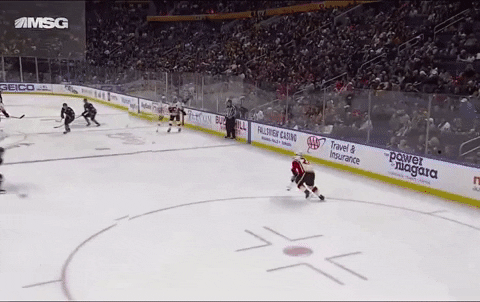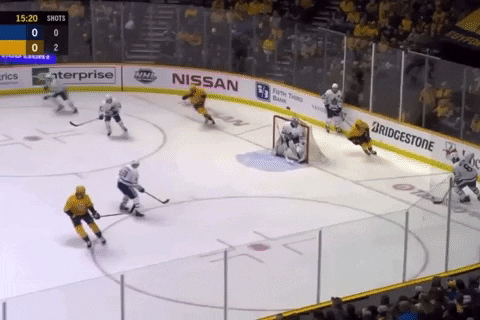What Goes into Having a Good Stick?
What it means to "have a good stick” in ice hockey, featuring Mitch Marner
A big ‘thank you’ is in order to our paid supporters. You’ve enabled us to go out and hire great talent. Recently, we brought in The Hockey News’ Sam Stockton to assist in deep dives on specific players or teams that are doing really cool things. You may remember Sam from prior posts about the great work Brandon Naurato is doing at the University of Michigan and the Warmup Tick-Tock: A Minute-by-Minute Through Michigan’s Pregame Routine.
Today, we’re going to talk about Mitch Marner, who has a “good stick” and leads the NHL in blocked passes for forwards. Yet, the notion of having a “good stick” is one of the most common and seldom-defined entries in the hockey lexicon.
We can all agree a “good stick” is a valuable skill, but what does it look like on a shift-to-shift basis? Where on the rink does a “good stick” often show up? What habits and skills go into developing a “good stick”?

You can see the overlap in his offensive and defensive skill sets that enter Marner into the Selke Trophy conversation. Marner deploys deception, anticipation, and manipulation of space to bait opponents into turnovers. Let’s dive in to show how quickly it can turn defense into offense.
Element #1 - Stick in the lane, hiding reach
On the forecheck, Marner serves as F1 and moves to apply pressure on the opposition. Marner’s route/angle of pressure takes away the puck carrier’s thoughts of passing or skating the puck through the middle.
Because of Marner’s angle, he recognizes that the puck carrier, Ryan McLeod, essentially has only one decently safe option for his next play, an east/west pass to the weakside defensemen. Marner keeps a high posture and hides the length of his reach. The moment McLeod sends the pass, Marner reaches out to pounce. Hindsight being what it is, McLoed could have skated the puck up the wall, but probably thought he was being equally safe with a (what he thought was) safe cross-ice pass.

Element #2 - Influencing play
On the below assist, we see a game of cat-and-mouse between the forechecker and defenseman. It’s a masterstroke of thievery from Marner. He doesn’t just skate to close down space on the opponent. He’s ready to get his stick into a passing lane. He takes away space to force the defender he’s pressuring into an action.
As Marner closes in, the opponent fakes a pass back to his partner. Marner bites momentarily but quickly reaches to his left as he understands the ice well enough to know where the next action likely is to be. Marner gets enough of the puck to deaden it, collects it at his feet, and then plays in the onrushing Nylander, who finishes the job.
Element #3 - On the ice
Patrice Bergeron often spoke about simply having your stick on the ice and his amazement at how often pucks will hit it.
Example #2
That’s a good stick…. In the lane, on the ice, influencing play, and making life hard on the opposition. Good habits lead to great results.
Further Reading
Influencing play by using body positioning and stick positioning to be the ‘Force defender.’
Behind-the-scenes look at a training session focus on angling and body contact






